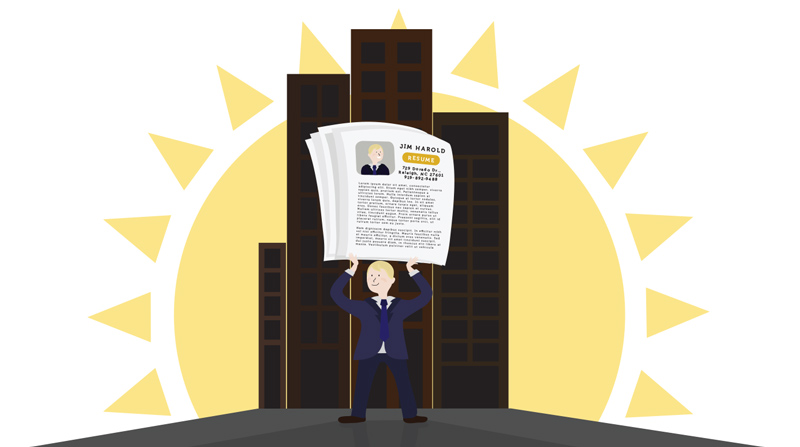

/en/resumewriting/resume-tips-and-strategies/content/

Regardless of which resume format you use, you will still need to include the correct information written in a way that sells your professional expertise to a hiring manager. What you choose to include on your resume can make or break your entire job search effort. So what should you include to improve your chances?
It all starts with your name and other contact information. In this lesson, you'll learn what contact information to include and how to place it on your resume. You will also have an opportunity to create your own resume starting with adding contact information.

You probably already know that your contact information—which includes your name, address, phone number, and email address—should always appear at the top of your resume, regardless of which resume format you are using.
But did you know that some employers actually use the contact information section to screen undesirable candidates? They may pass you over if you live in another part of the country in order to avoid paying relocation costs. Or they may form a negative opinion of you if your contact information is inappropriate in some way. A lot of hiring managers today will even use this information to search for you on popular social networking sites to see what is posted about you. So what should you include to make sure your resume doesn't get eliminated?
Open our Chronological Resume Template and save it to your computer as My Resume. Enter your own information into the document as you progress through each lesson in this unit.
You will be working only in the contact information portion of this document for this activity. Please refer to the following picture:

After replacing the template text with your own information, be sure to remove the brackets.
/en/resumewriting/objectives-summaries-or-professional-profiles/content/